Global Workplace Survey 2025
Navigating Change With Adaptable Workplace Design
The Gensler Research Institute plays a vital role in unlocking innovative design solutions needed to navigate a changing world.
Our network of researchers and thought leaders create the insights our designers and clients need to address their toughest problems. The Institute is organized into six pillars of research expertise with a focus on Workplace, Cities, Health, Lifestyle, Equity, and Resilience. We fund over 50 global research grants annually.

Research
City Pulse 2025
Gensler surveyed 33,000 people across 65 cities to uncover what makes a city magnetic — how it attracts new residents and keeps them wanting to stay.
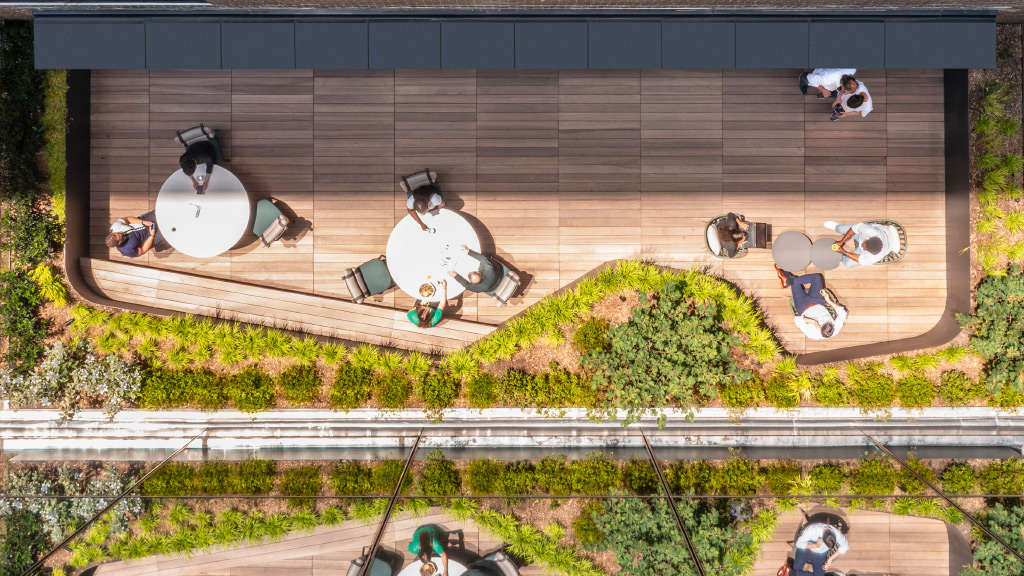
Sustainability
Resilience by Design
Our Resilience by Design Report presents solutions for transforming the built environment to achieve a net zero carbon impact across our portfolio and the design industry.
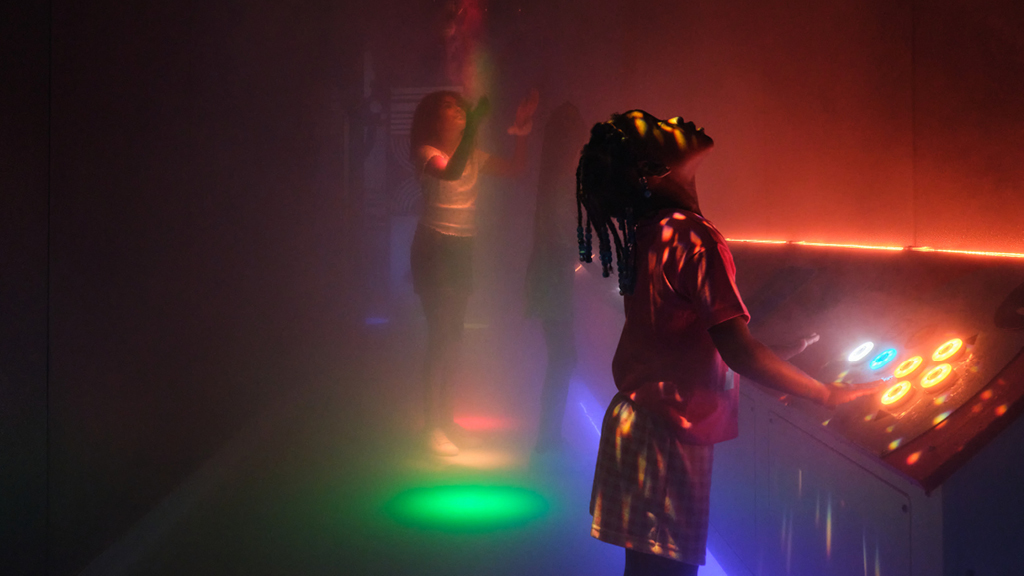
Research
U.S. Consumer Experience Report 2024
We integrated the perspectives of over 2,000 U.S.-based consumers with the latest thinking from our Design Leaders to gain fresh insights on what makes a great consumer experience worth it.
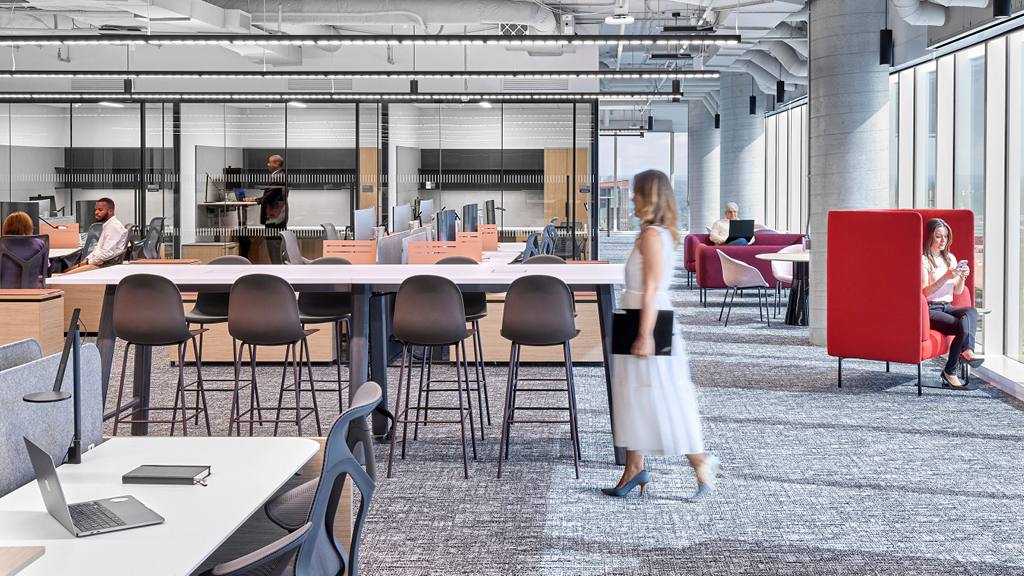
Research
Shared Futures: Corporate Real Estate Executives’ Strategies for 2025
This report combines various sources of data and findings to provide a forward-thinking perspective on CRE professionals’ expectations, priorities, and planned actions as the industry adapts to evolving workforce needs.
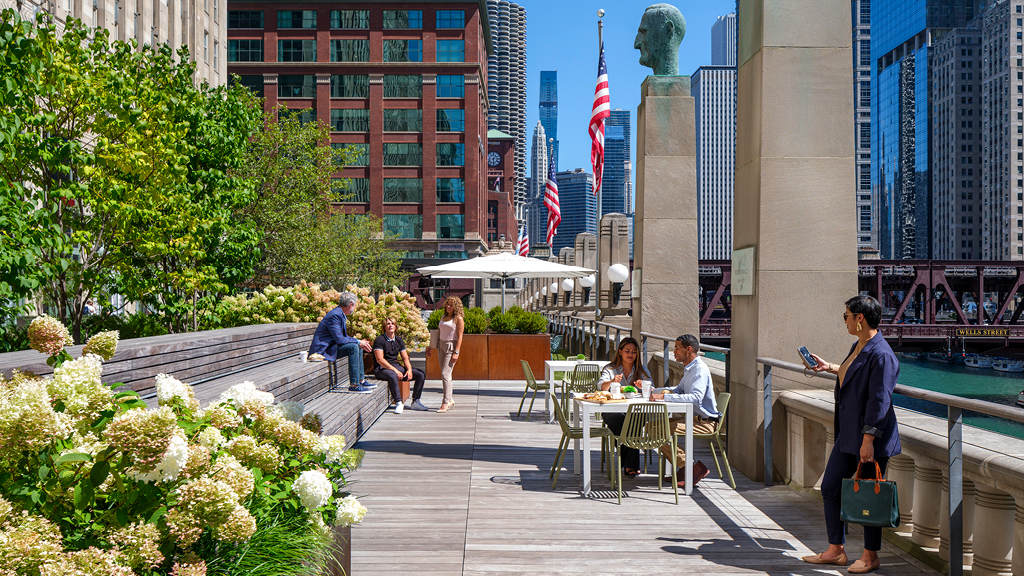
Research
The Return of the City
We examined how global perceptions have shifted from 2021 to 2023 across 15 global cities to understand the obstacles and opportunities facing cities today.
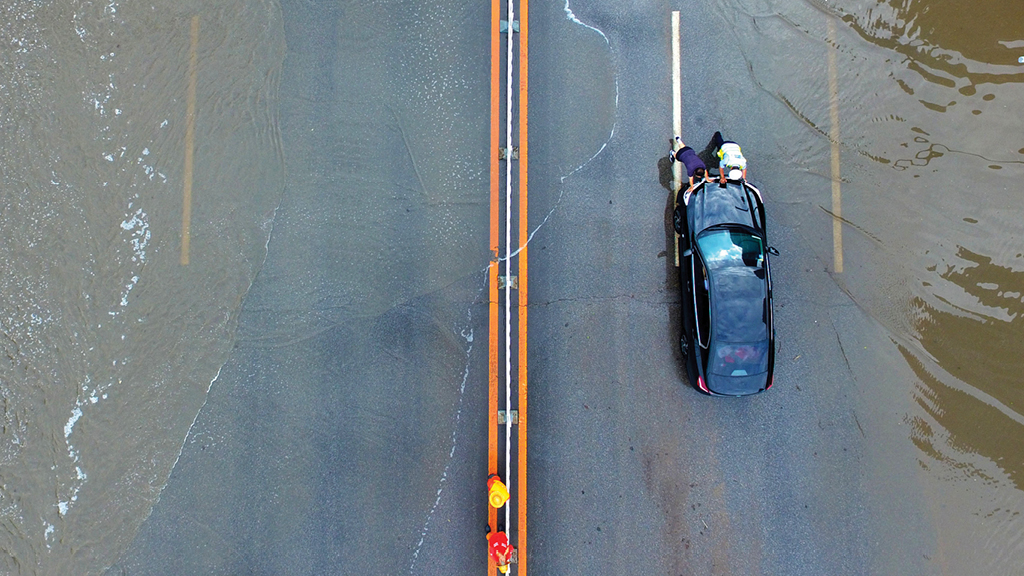
Research
Global Climate Action Survey 2024
Gensler surveyed people around the world about their experiences with climate-related issues, such as extreme weather, and perceptions of whether their community is built to withstand the impacts of climate change.
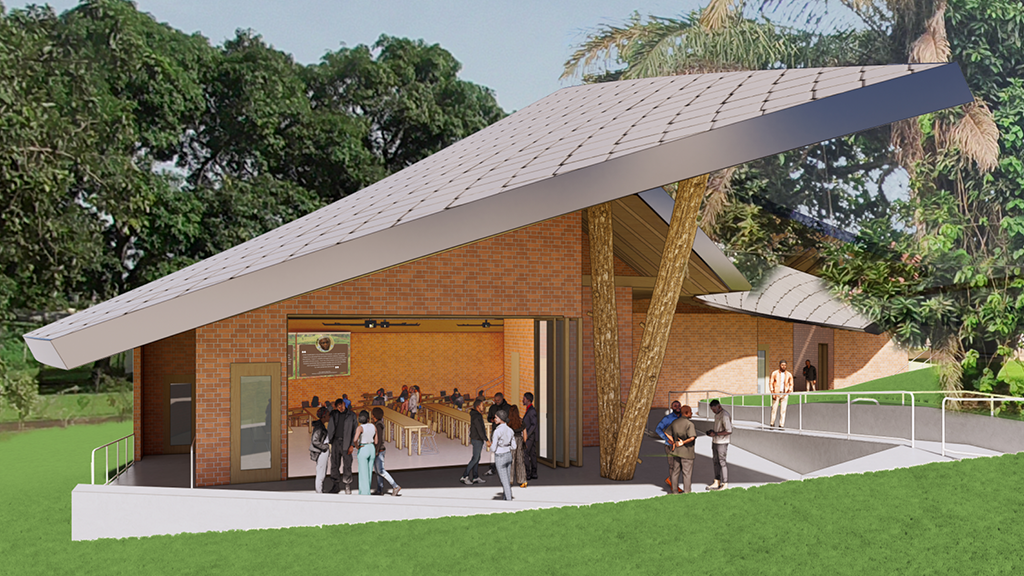
Research
Shifting Carbon Neutral Into Drive: The Congo Basin Institute
We partnered with UCLA’s Institute of Environment and Sustainability to investigate design methods for carbon neutral buildings in the Congo Basin of Cameroon.
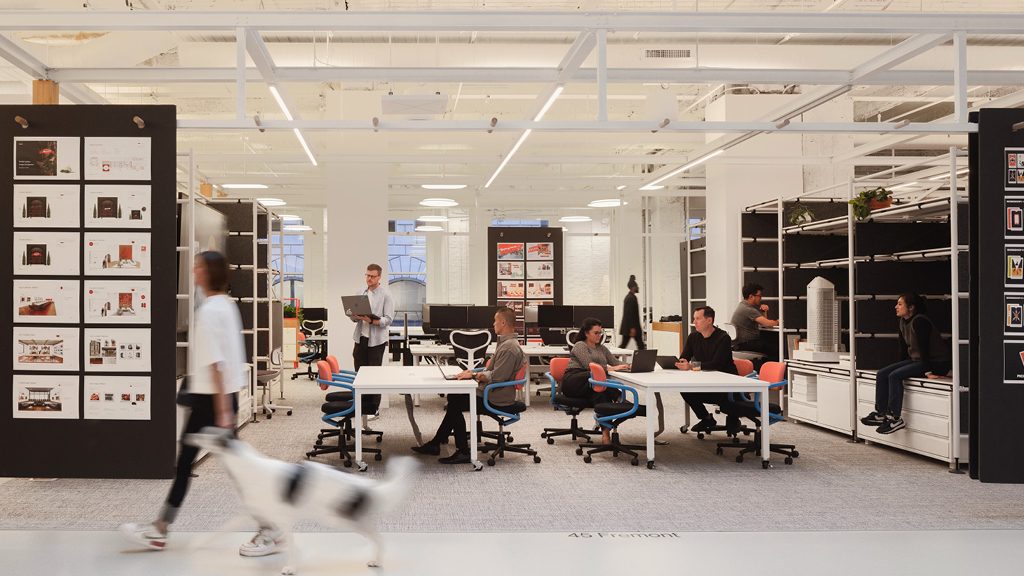
Research
Global Workplace Survey 2024
Gensler’s workplace survey reveals what matters most to design high-performing workplaces and proposes a new precedent for measuring workplace performance.
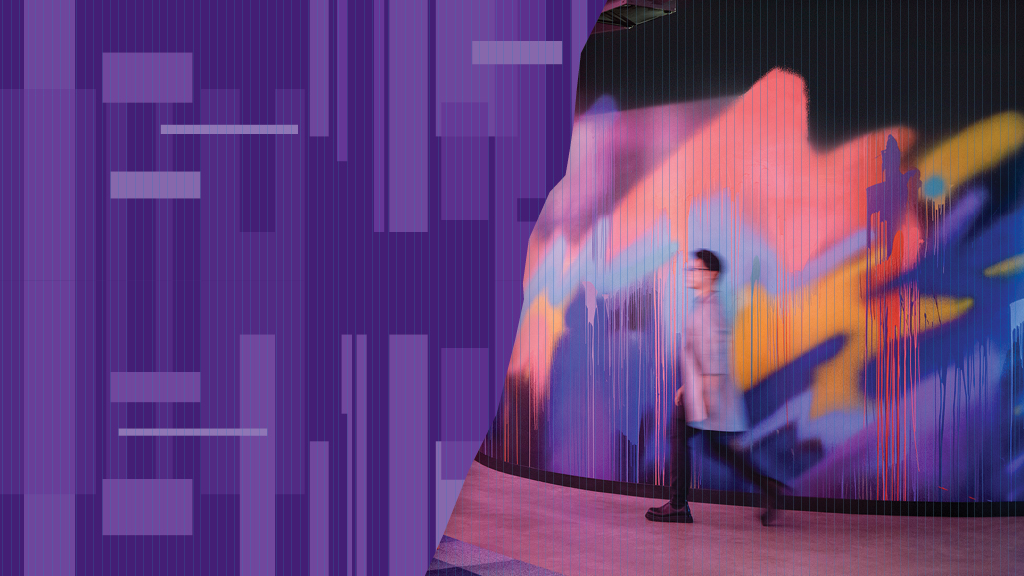
Research
Fostering Lifelong Learning at Universities in Latin America
We conducted research at five universities in Latin America to understand how learning landscapes can support different modes of learning.
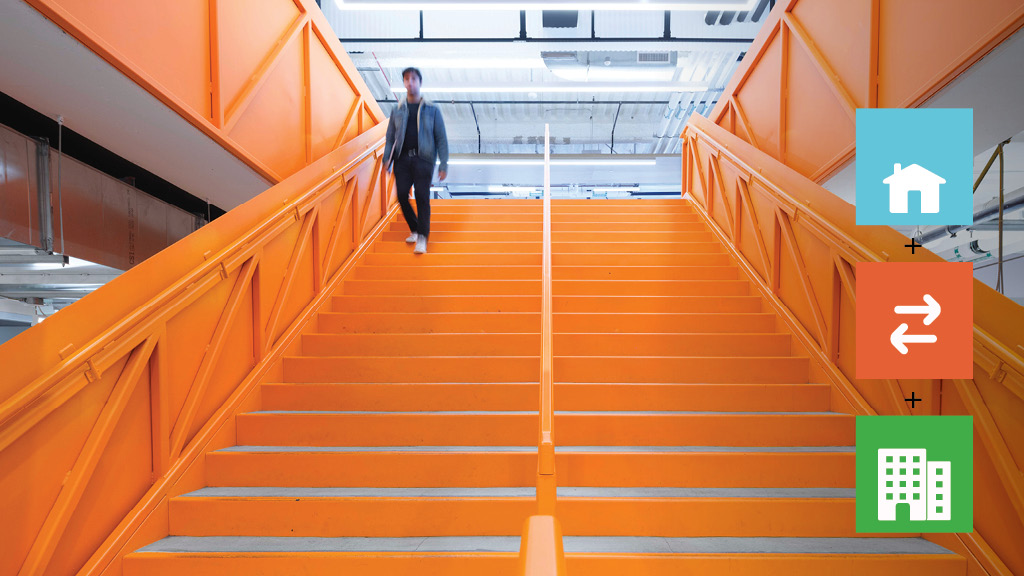
Research
The Carbon Footprint of Work
We quantified the true carbon cost of office work in multiple scenarios and cities to understand the best ways to reduce total associated carbon emissions.

Research
Designing the 2030 Sustainable Office
We developed a framework that stakeholders can use to meet vital embodied and operational carbon targets and achieve sustainable offices by 2030.
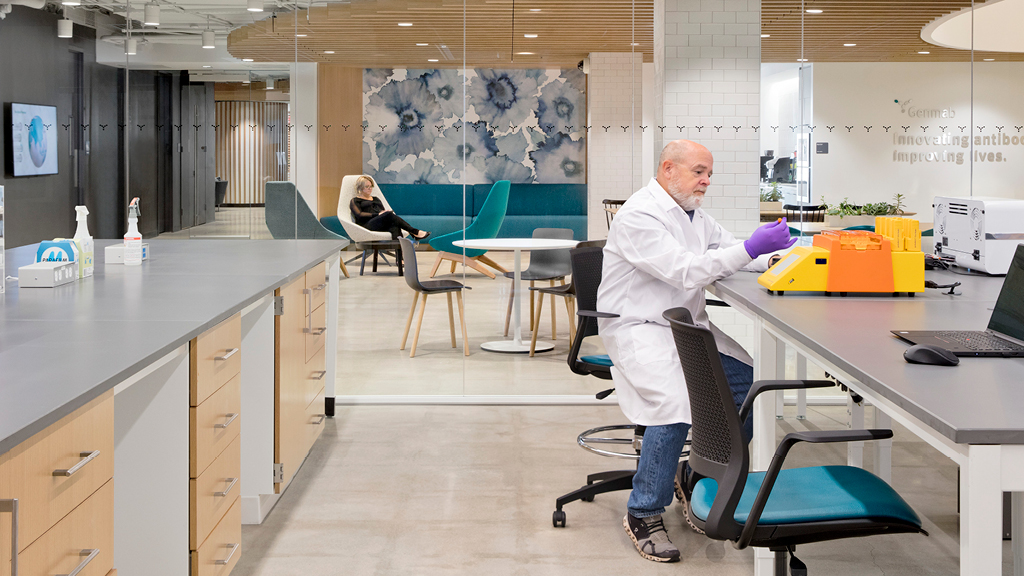
Research
U.S. Laboratory Research Scientist Survey 2023
As hybrid work, artificial intelligence, and cloud labs become commonplace in the life science industry, how can the design of laboratory settings evolve to meet needs and demands?
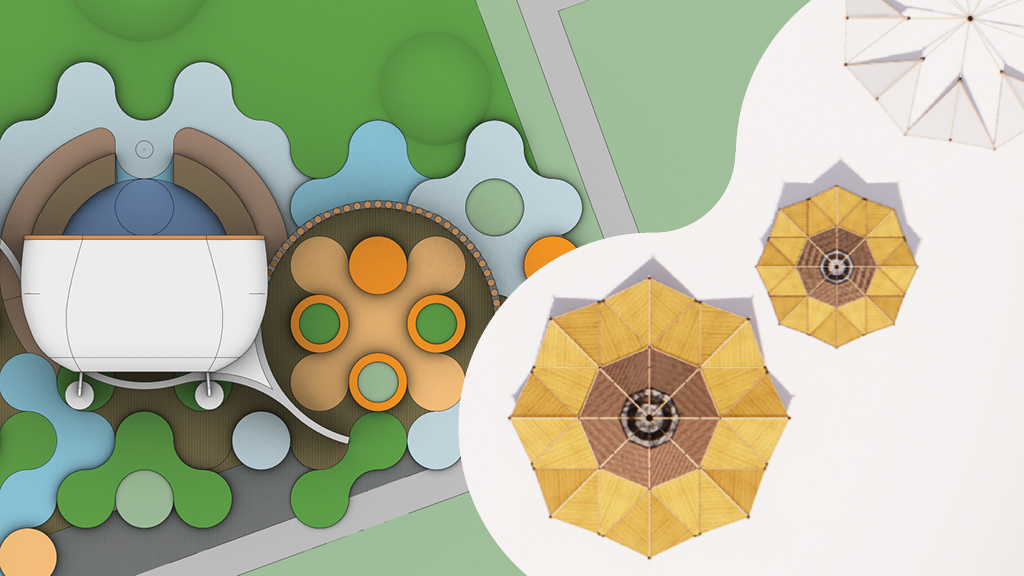
Research
Sustainable Shade Structures
We researched how to offset the effects of extreme heat in at-risk communities through community co-creation of shading structures.
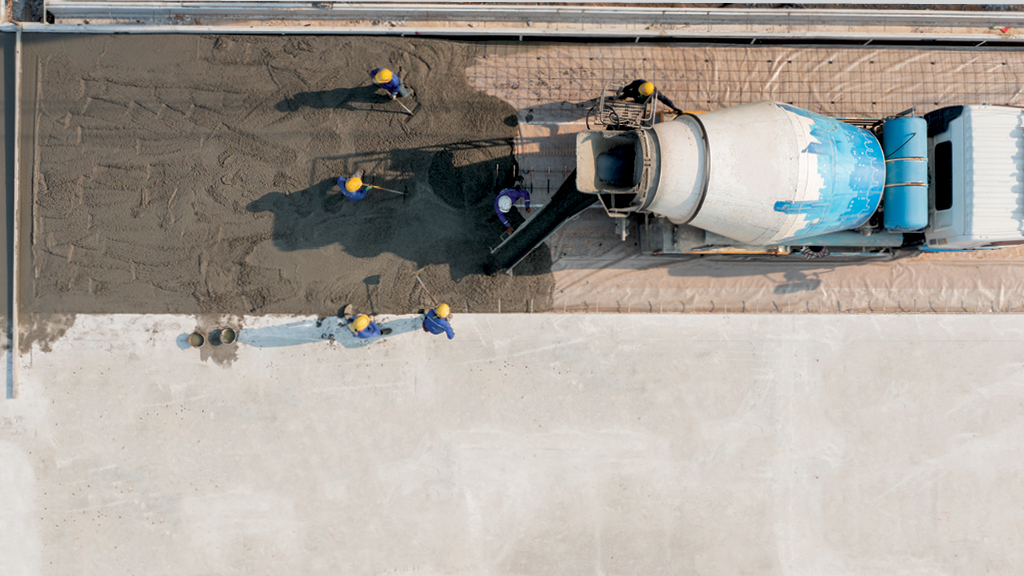
Research
Designing for Lower Carbon Concrete in Data Center Constructions
The construction boom of data centers raises questions about their carbon footprint. We convened industry experts to understand how we can reduce the embodied carbon of data centers with lower carbon concrete.

Research
Hospitality Experience Survey 2023
As travel ramps up, our survey explores the growing blend of business and leisure travel, new definitions of luxury hospitality experiences, and heightened guest expectations.
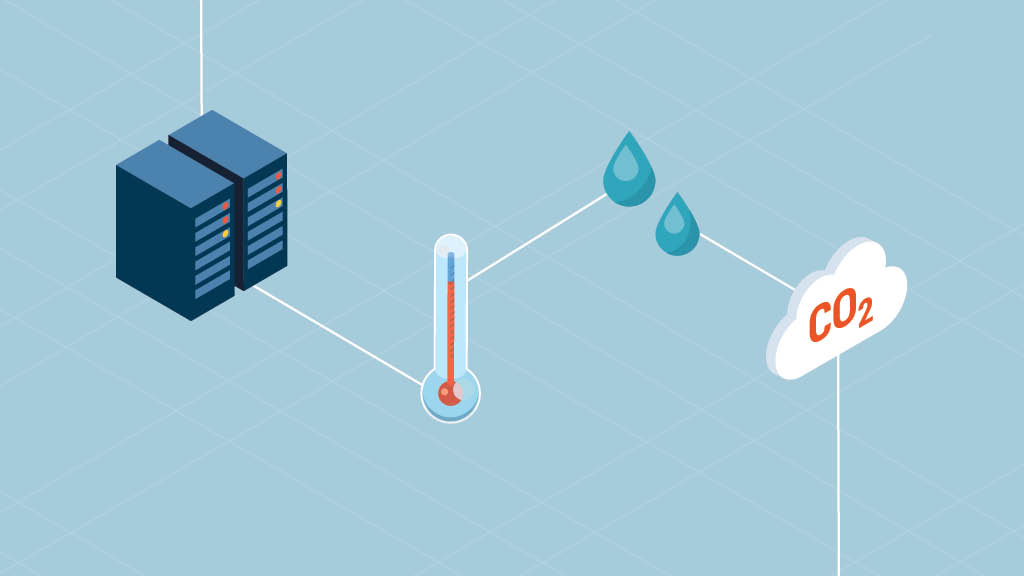
Research
Utilizing Waste Heat From Data Centers
We interviewed expert engineers and conducted case study reviews to understand how to reduce the steep environmental costs related to the energy consumption and carbon emissions from waste heat.
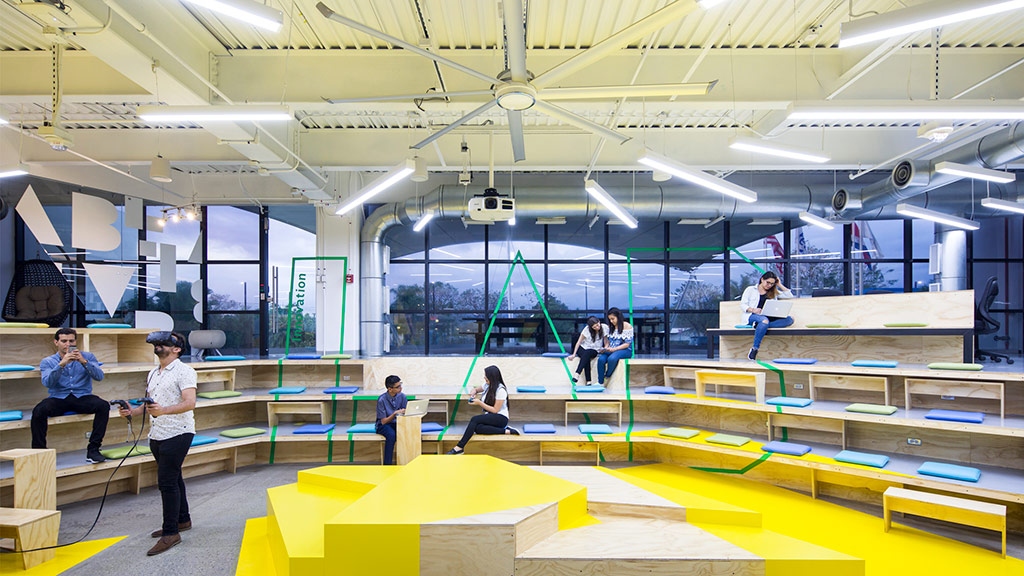
Research
The Culture of Innovation Diagnostic
Gensler’s Culture Strategy team developed a diagnostic framework that uncovers the key factors to activate an intentional culture of innovation.
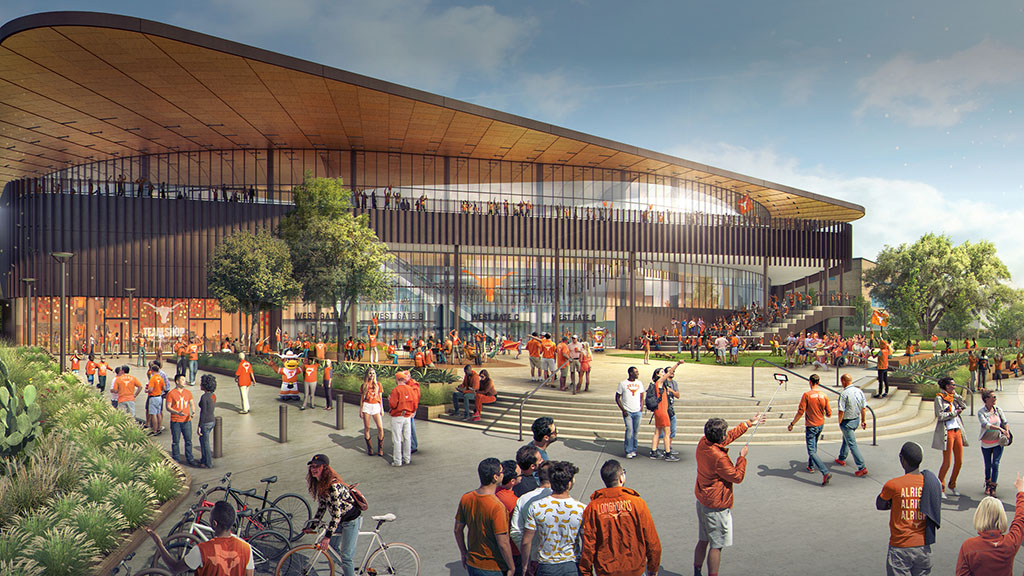
Research
Sports Experience Survey 2022
With live sports at a turning point, it’s more important now than ever to understand what people value in a live sports experience, and how venues can adapt and deliver.

Work & The Workplace
Through our global research on effective workplace experiences, we unlock new solutions and strategies that define the future of work.
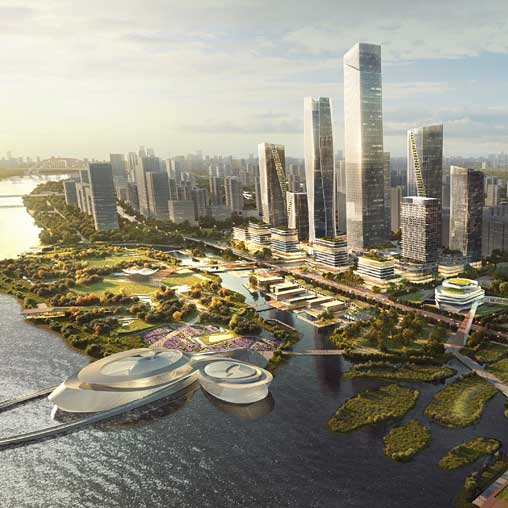
Future of Cities
Through our global research on urban experiences, we are redefining the future of cities as ecosystems of multiuse, multi-generational, 20-minute neighborhoods.
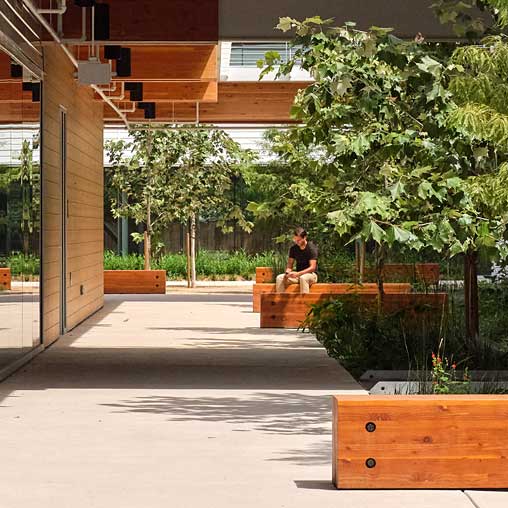
Sustainability & Resilience
Our sustainability research reveals practical design solutions and strategies for reducing our carbon impact and leading the building industry toward net zero energy.
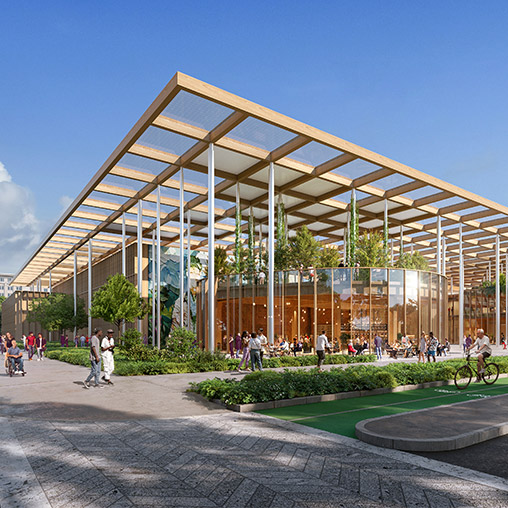
Future of Healthcare
Our research on the future of healthcare investigates how healthcare design is shaping patient and worker experiences and benefiting communities.

Design for Equity
Our research explores equitable and inclusive design solutions to create diverse spaces for our clients and communities around the world.
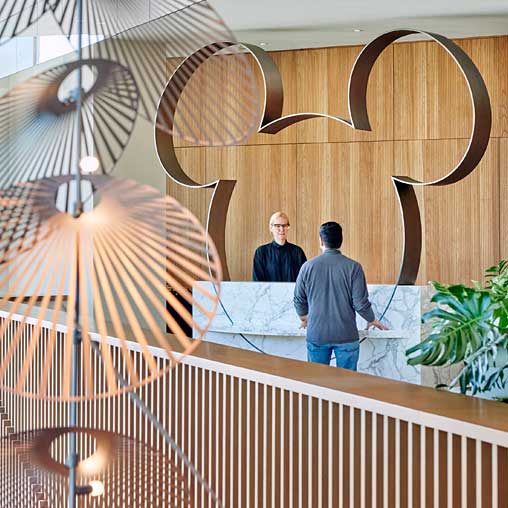
Lifestyle Experiences
Our research uncovers the design thinking that defines vibrant, mixed-use lifestyle districts, attainable housing, retail, and hospitality experiences.
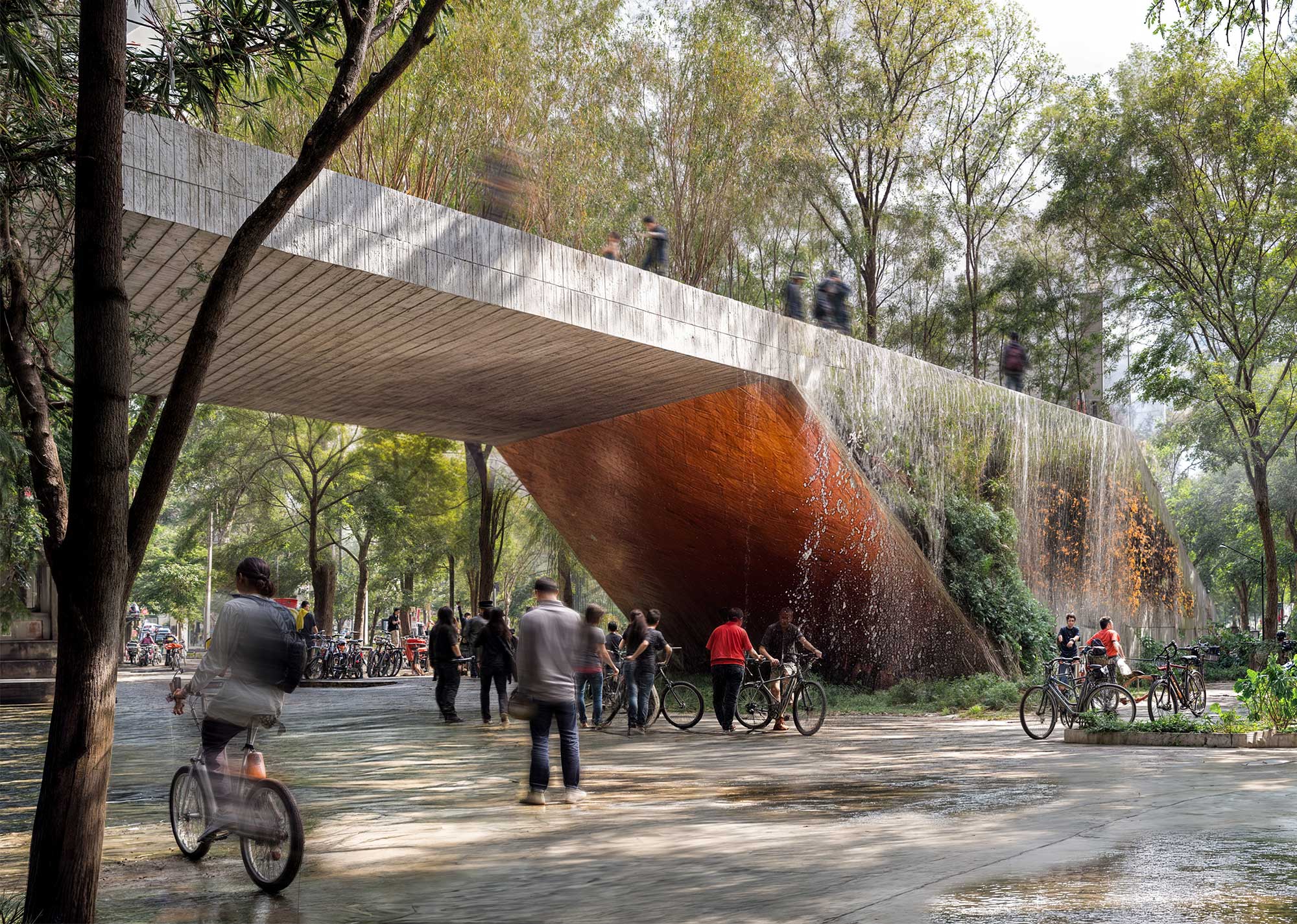
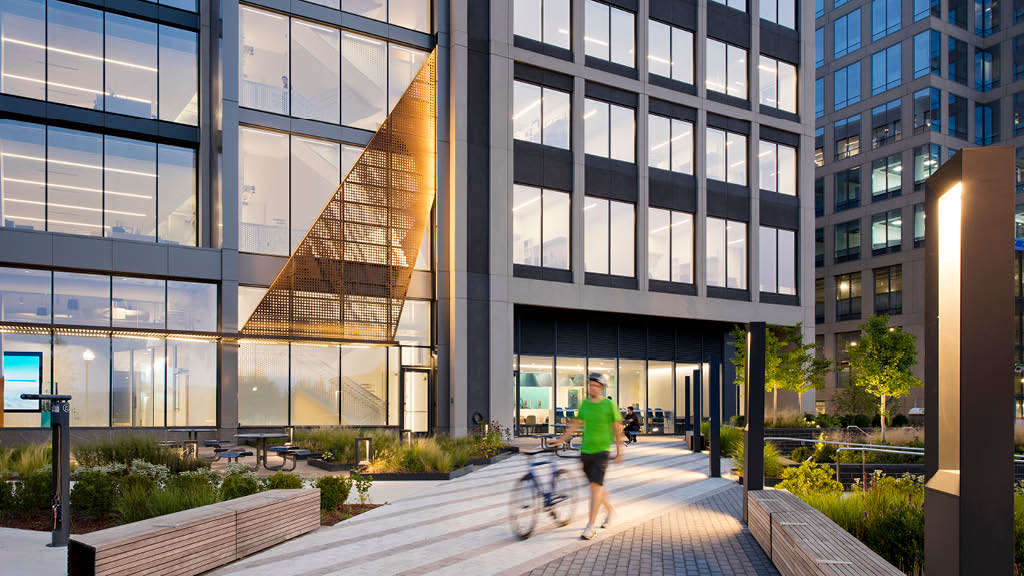
The Carbon Impact of a Workday
The Gensler Research Institute partnered with the MIT Mobility Initiative to quantify workplace, residence, and commuting emissions across U.S. cities to better understand how organizations can cut emissions during the workday.
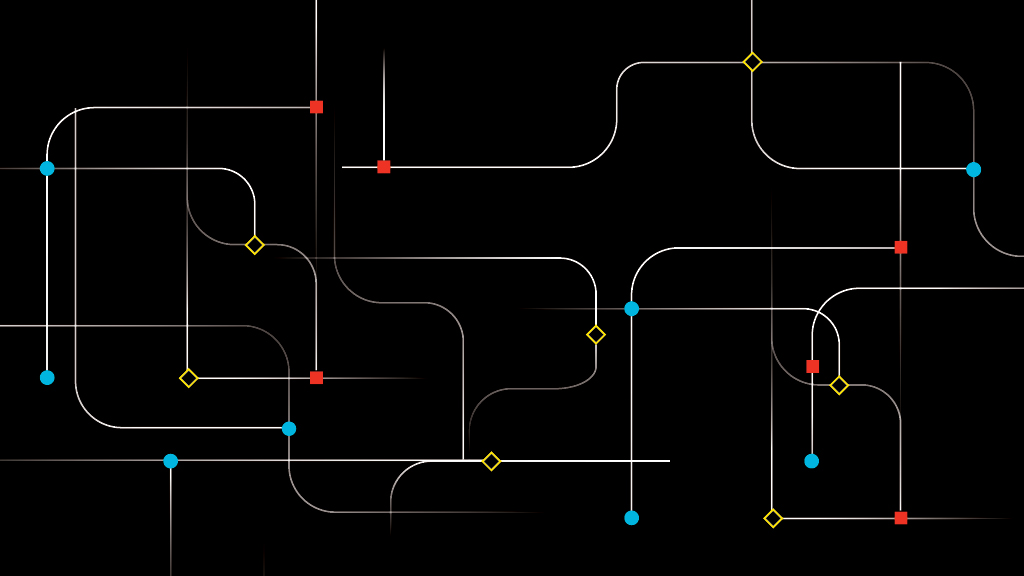
Sustainability and Lab Automation
Lab automation promises increased productivity and new scientific roles, but its current unsustainable energy demands and operational shifts necessitate re-evaluation for environmental impact, space planning, and workforce adaptation.

City Pulse 2025
Gensler surveyed 33,000 people across 65 cities to uncover what makes a city magnetic — how it attracts new residents and keeps them wanting to stay.
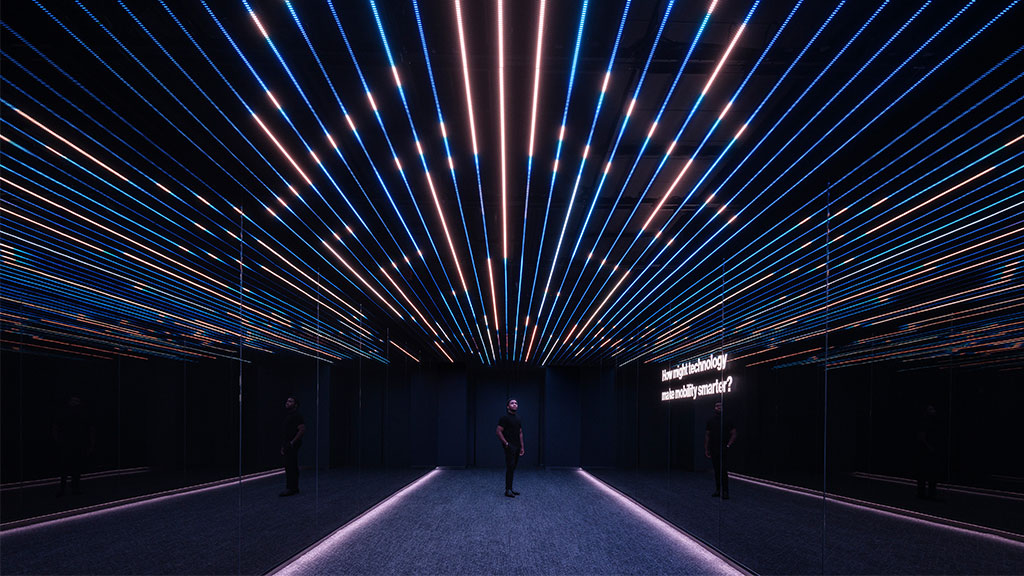
Experience Design Trends 2025
Gensler’s Global and APME Digital Experience Design, Strategy, and Brand leaders explore top trends for 2025 in Experience Design.

Building City Identities to Become Destination Brands
Gensler’s Global Brand Design leaders delve into a conversation with community leaders about strategies cities can use to transform their identities into vibrant destination brands.

Magnetizing People & Places Through the Power of Brand
Gensler’s Brand Design and industry leaders delve into a conversation about the power of brand strategy and storytelling.
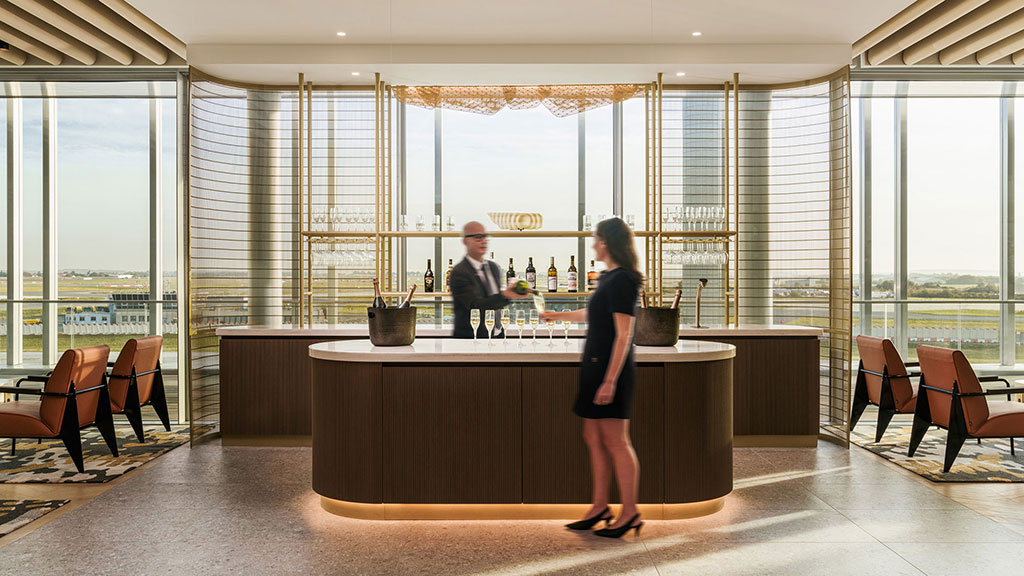
More Than Just a Seat: The Lounge as the New Travel Destination
The new airport lounge is less about claiming a seat and more about creating a collection of experiences.

A New Hybrid Hotel Blends Japanese Culture and Texas Charm
The Miyako Hybrid hotel rethinks hospitality through a Texas-Japanese fusion hotel experience.
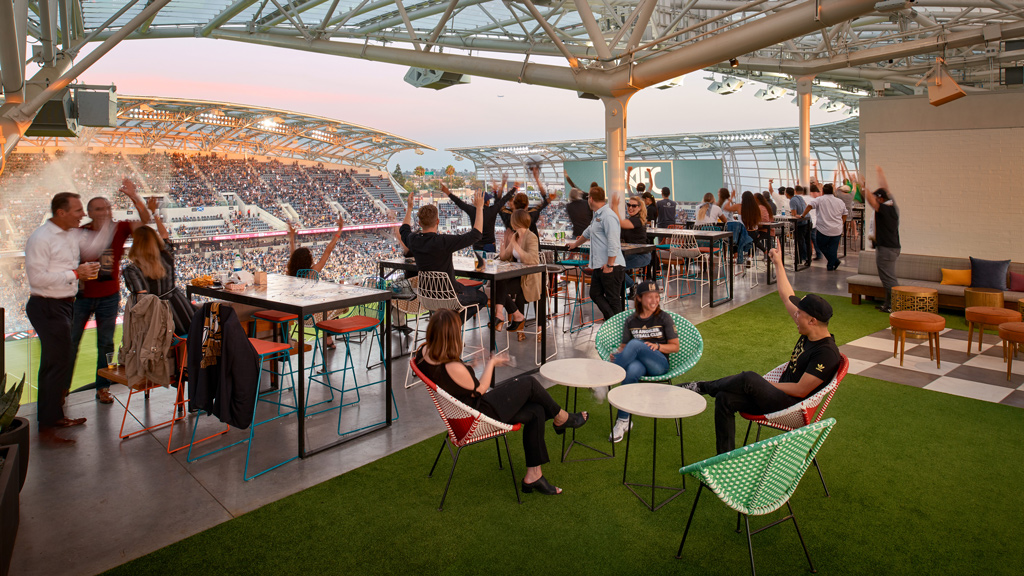
The New Economics of Sports Venue Design
From NIL-driven college athletics to multi-tiered VIP lounges and mixed-use districts, sports venues are evolving into dynamic business ecosystems.

Want more of Gensler’s design insights? Sign up for our dialogue Now newsletters to get regular updates sent directly to your inbox.